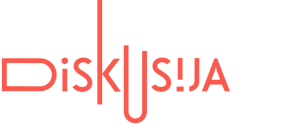Contemporary written Romanian is based on the Latin alphabet with 5 additional letters: Ă, Â, Î, Ș, Ț.
Daco-Romanian is now one of the four primary dialects of the Romanian language. The other three are Aromanian, Megleno-Romanian, and Istro-Romanian. These dialects are not easily mutually intelligible. The differences are so substantial that some linguists even classify Megleno-Romanian, Istro-Romanian, and Aromanian as distinct languages separate from the standard Daco-Romanian.
Aromanian, which is also known as Macedo-Romanian, is spoken in communities in Bulgaria, Kosovo, Serbia, Albania, and Greece. Megleno-Romanian is spoken in areas of northern Greece; Istro-Romanian is spoken exclusively on Croatia’s Istrian Peninsula. Both of them are near extinction.
While the Daco-Romanian language is quite uniform, the differences in the language which is spoken throughout Romania and Moldova are very small. It is considered as one of the most uniform languages in Europe.
There is still obvious evidence of the influence of Slavic languages in Romanian vocabulary. Turkish, Hungarian and Albanian loanwords are also quite common, but quite a significant part of modern vocabulary is of French and Italian origin. By some estimates, words with origins in French and Italian comprise around 38% of Romanian words. These are increasingly pushing out Slavic loanwords.
Because of its isolation from other Romance languages, Romanian has developed a very distinct phonology and grammar system. Romanian is the only Romance language where definite articles are attached to the end of the noun, as in North Germanic languages, instead of in front. Romanian nouns have three genders: feminine, masculine, and neuter, and are declined by two numbers and three cases: nominative/accusative, dative/genitive and vocative. The articles, as well as most adjectives and pronouns, agree in gender, number and case with the noun they reference.
Romanian verbs are highly inflected for person, number, tense, mood, voice. The usual word order in sentences is “subject-verb-object”.





